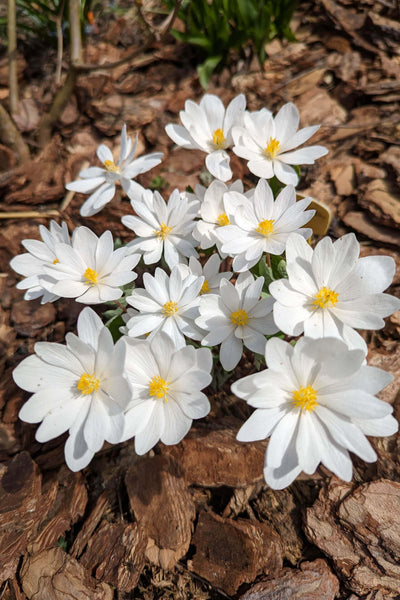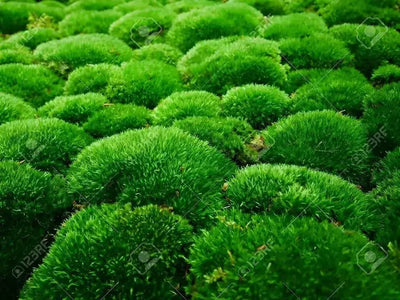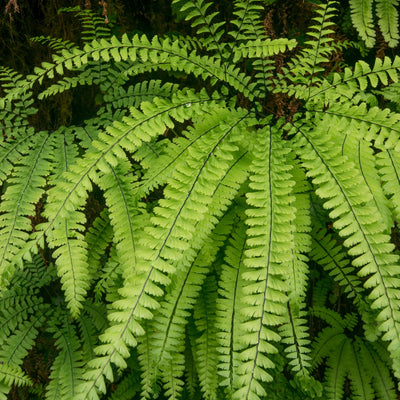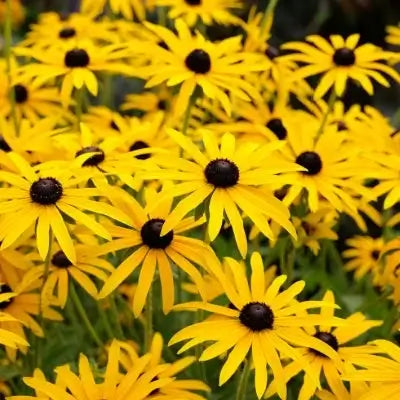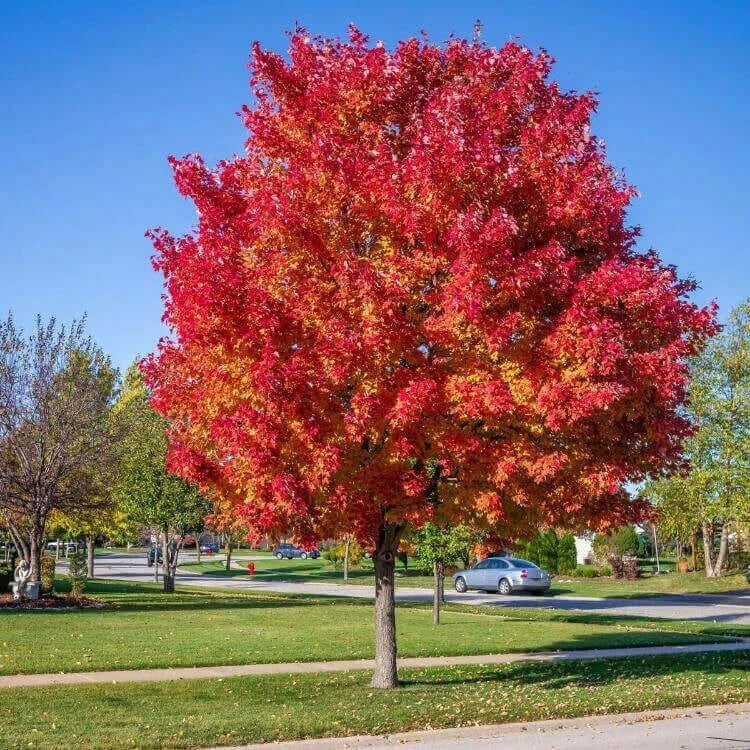Maidenhair Fern Care: A Guide to Growing This Elegant Native Plant
Share
Understanding Maidenhair Fern and Its Natural Habitat
The delicate and lacy appearance of maidenhair ferns (Adiantum spp.) creates soft and elegant visuals for gardens and indoor spaces. These ferns grow naturally throughout North America and flourish in woodland understories with shade and along riverbanks and moist rocky crevices. The combination of their unique fan-shaped leaflets and thin black stems sets maidenhair ferns apart as an exceptional choice for both shaded gardens and terrariums. Maidenhair ferns need continuous moisture to survive because they replicate the humid and protected habitats where they naturally grow.
This native species thrives best in woodland gardens and locations where natural moisture levels remain consistent. Maidenhair ferns are often found with trilliums, bloodroot, wild ginger, and jack-in-the-pulpit in natural habitats because they grow best under the same environmental conditions. Ferns like these usually grow close to indigenous moss types, such as cushion moss and sphagnum moss, which supports their need for shaded and moist environments. Maidenhair ferns demonstrate great flexibility, which positions them as perfect candidates for gardeners who want to establish natural habitat beauty while offering safe spaces for wildlife. These ferns need little maintenance if planted in suitable conditions as long as their soil stays moist and drains properly.
Proper maintenance of Maidenhair Ferns
The essential task in maidenhair fern maintenance demands soil moistness while avoiding waterlogged conditions. These ferns require constant moisture because their delicate fronds will rapidly wilt when exposed to drought conditions. For outdoor growth, maidenhair ferns thrive in naturally moist areas with high humidity, like pond edges or shaded rock gardens. Placing the fern indoors near a kitchen sink or in a bathroom will create the high-humidity environment it needs. To create a suitable microclimate for the fern, you should mist its leaves periodically.
The optimal soil composition for growth consists of rich organic matter content with good drainage capabilities and a slight acidity level. Peat and loamy soil mixed with compost will deliver perfect texture alongside essential nutrients. Maidenhair ferns need nutrient-rich soil environments that mimic their natural woodland habitat filled with decaying organic material, unlike other ferns, which can survive in poor soil conditions. For container-growing ferns, choose a premium potting mix made for ferns or similar moisture-loving plants to enable healthy root growth. Consistent feeding with diluted liquid fertilizer throughout the growing season will produce vibrant green fronds. Still, it's essential to prevent over-fertilization since it leads to unhealthy leggy growth patterns.
Maidenhair ferns need simple yet essential light conditions to remain healthy. These plants grow best in shaded areas with indirect natural light, which makes them ideal for locations under tree canopies, covered porches, and north-facing windows inside homes. Direct sunlight exposure can burn the ferns' fronds, while insufficient light in dark areas results in frail and sparse development. To achieve optimal conditions, maidenhair ferns need balance similar to that found in natural woodland where sunlight softly penetrates through tree leaves. A bright window that provides filtered light is the ideal indoor spot to keep your plant vibrant.
Maintaining maidenhair ferns
Maintaining maidenhair ferns demands detailed attention initially but enables thriving with minimal maintenance once their requirements are understood. Maintaining consistent moisture levels presents one of the most significant obstacles gardeners must overcome. When a maidenhair fern completely dries out, it looks dead, but trimming off dead fronds and recommencing proper watering usually stimulates fresh growth. Proper drainage is crucial because prolonged soil saturation can cause root rot in ferns, which need constant moisture. A pot with drainage holes or mixing sand or perlite into outdoor soil serves as an effective way to prevent fern root rot.
Pruning is another essential aspect of care. By removing dead or yellowing fronds, the plant saves energy, which it can use to generate healthy new growth. The pruning process enhances air flow, minimizing fungal problems in dense and humid environments. Ferns grown indoors should be checked regularly for pests like aphids and spider mites. A gentle water spray or insecticidal soap application can control infestations while protecting the delicate leaves when pests appear.
Outdoor maidenhair ferns in cold regions typically die back during winter but usually come back in spring when the roots remain protected. Leaf litter or pine straw mulch creates a protective layer that insulates plant roots while conserving water. Transferring potted ferns indoors before the arrival of the first frost enables them to flourish throughout the year. Place the plant away from heating vents and drafty windows indoors because temperature changes can cause stress to the fern.
Maidenhair ferns showcase their elegance through their delicate and airy form, which stands out beautifully next to more vigorous native plants such as blue cohosh, mayapple, and Solomon’s seal. Shade gardeners and indoor plant enthusiasts favor these ferns because they produce a rich, forest-like ambiance. These ferns flourish as permanent additions to plant collections when their natural environment is simulated through adequate moisture levels, soil quality control, and lighting. Maidenhair ferns display a classic beauty whether planted among native perennials outdoors or enhancing a moist indoor environment.

